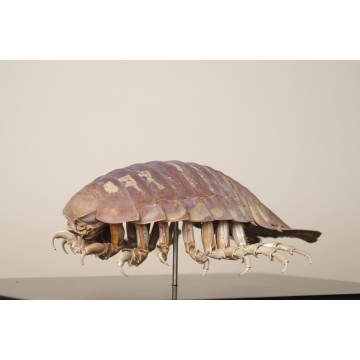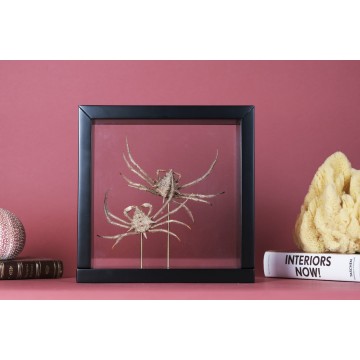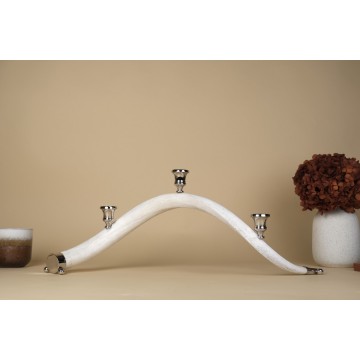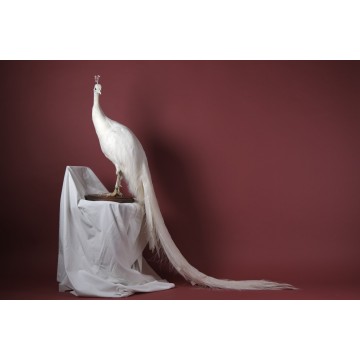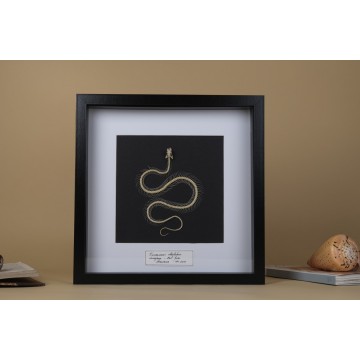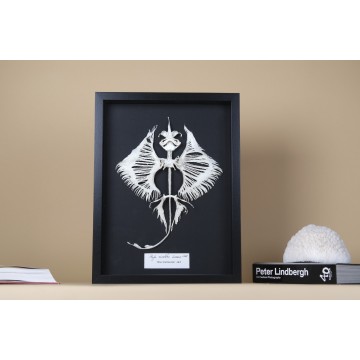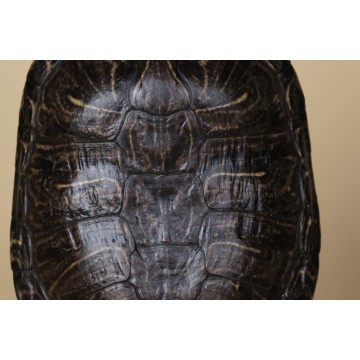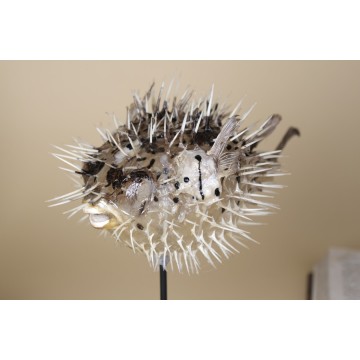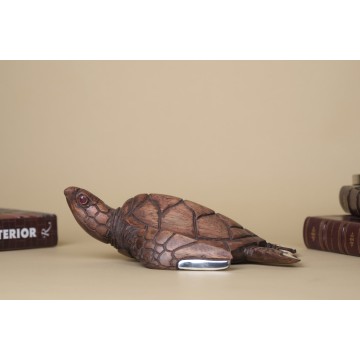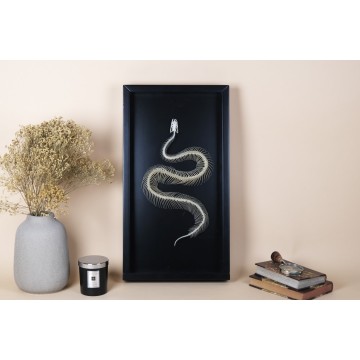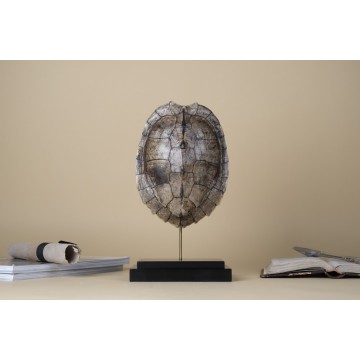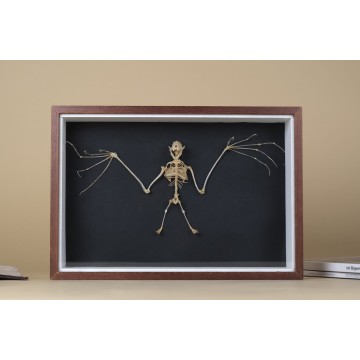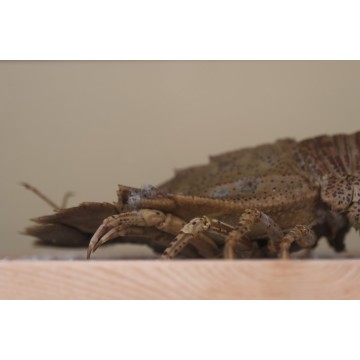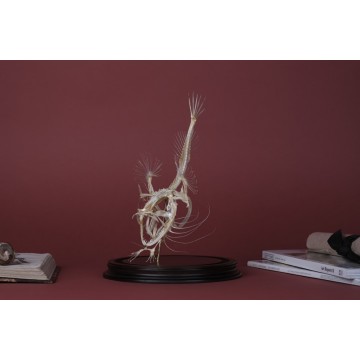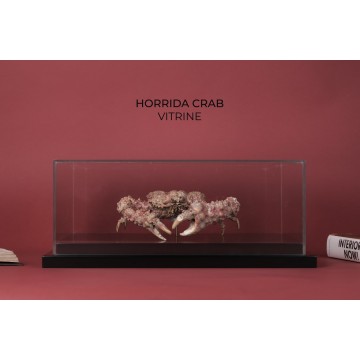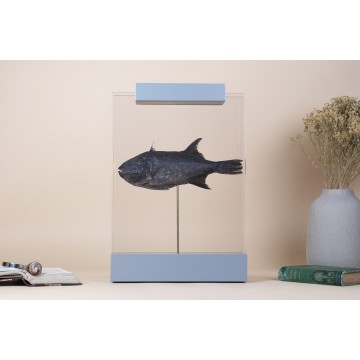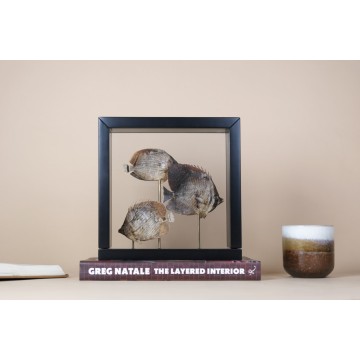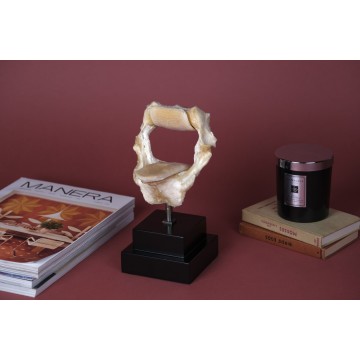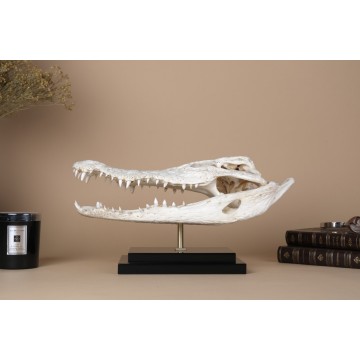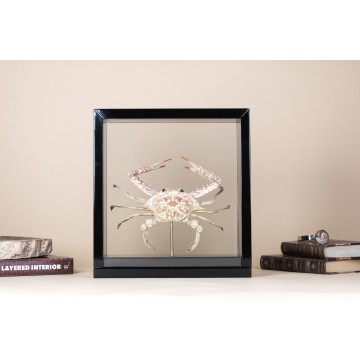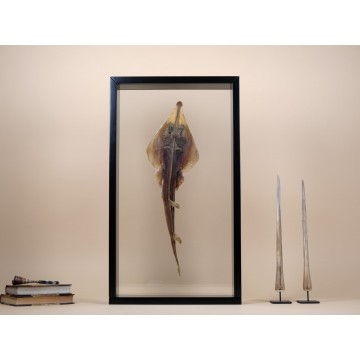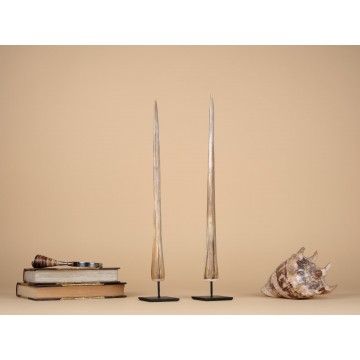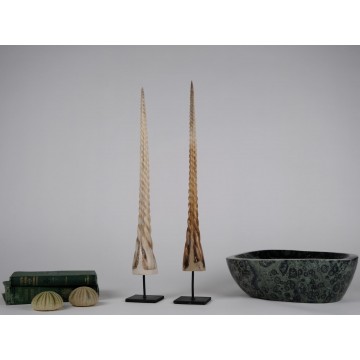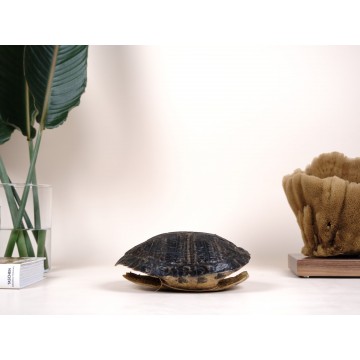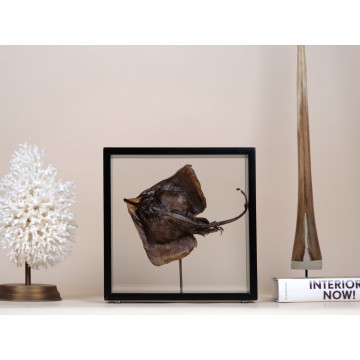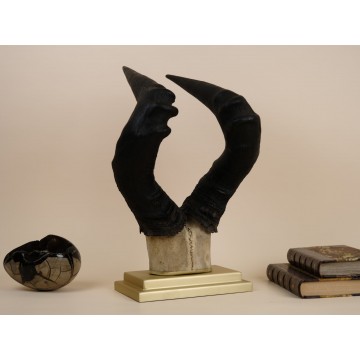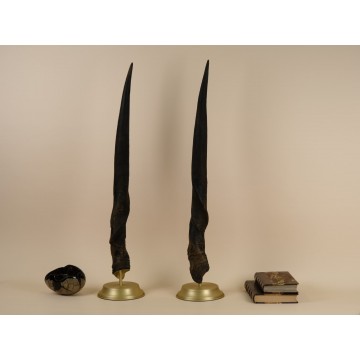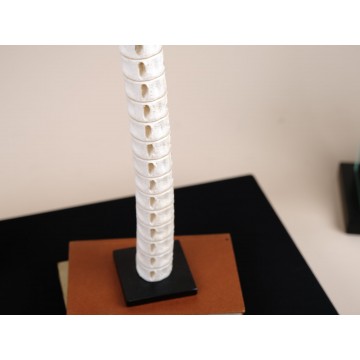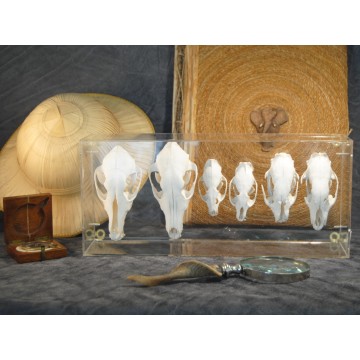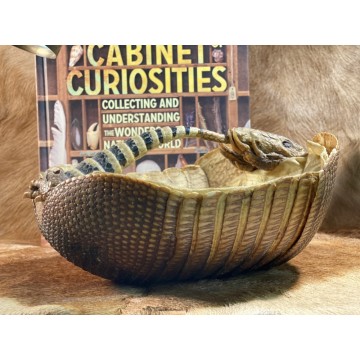Giant Isopod – Bathynomus cf. giganteus
Giant Isopod – Bathynomus cf. giganteus, often regarded as the largest isopod species in the world, Bathynomus cf. giganteus is an extraordinary deep-sea crustacean, closely related to the common woodlouse but far more formidable in size and appearance.
These creatures are generalist scavengers, primarily carnivorous, feeding on the remains of dead marine animals such as whales, fish, and squid. They’ve also been known to prey on slow-moving species like sea cucumbers, sponges, and other benthic organisms—and in rare cases, even live fish. One individual was famously captured on camera feeding on a dogfish shark, showcasing its opportunistic feeding behavior.
In recent years, giant isopods have gained attention not only for their bizarre and prehistoric look but also as a culinary delicacy in certain Asian countries, where they can command high market prices.
This particular specimen was collected from a depth of approximately 900 meters in the Sulu Sea, Philippines, and is presented in a custom-made, One of a Kind glass vitrine — a striking and rare display piece for collectors and natural history enthusiasts alike.

